Whenever we visit a state capital, we try to include a stop at the state museum, as well. While each city and town will usually show a local perspective, these state-sponsored destinations have an overarching view. The unusual thing about the Missouri State Museum is that it resides inside of the capitol building. Since we had already determined that we would see this historic dome from the inside, now we could tackle two stops in one. Once we cleared the security checkpoint, we were prepared for sizing up some history in the “Show Me” state.
As we approached the capital, we noticed that it was being kept under wraps. Actually, they have a protective cover on the building, while they complete renovations. Since the day was actually one of the first chilly mornings in Fall, it seemed appropriate that the capital had on a coat. Fortunately, the inside is still able to be viewed, in all of its splendor. It has only been the last few years that we have gained an appreciation for the differences inside each state capital building.
We want to thank Visit Jefferson City for their hospitality. Rest assured all opinions are our own.
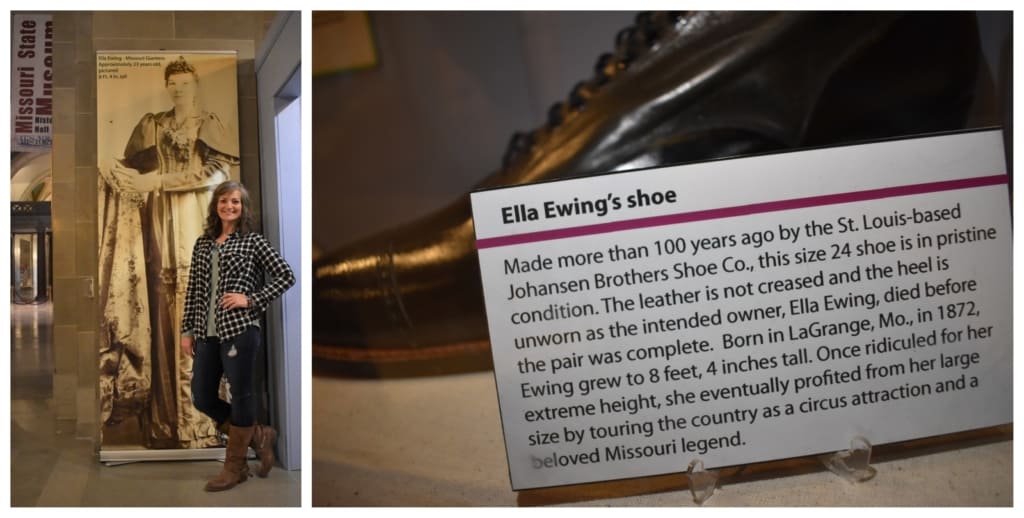
Some Big Shoes to Fill
As we stood under the dome, one of the tour guides started up a conversation. While we told Stephana that we would forego a guided tour, she was still instrumental in providing some background on the building. It was clear that she really knows her stuff, so if you have time we would suggest taking the tour. The Missouri State Museum is split between two halls, on either side of the dome. For this visit, we were concentrating on the History Hall, which was designed in 1919. We were informed that the exhibits in this gallery rotate about every six months.
The first display we found was about Ella Ewing, who has the distinction of growing to be almost 3 feet taller than Crystal. While many would gawk at her unusual height, she would find a way to capitalize off of her deformity. Eventually, she joined the Barnum & Bailey Circus, where she would earn more in six months than most Americans would in any given year. This allowed her to purchase a farm for her parents and a custom-built homestead for herself. Sizing up some history was uncovering some interesting facts.
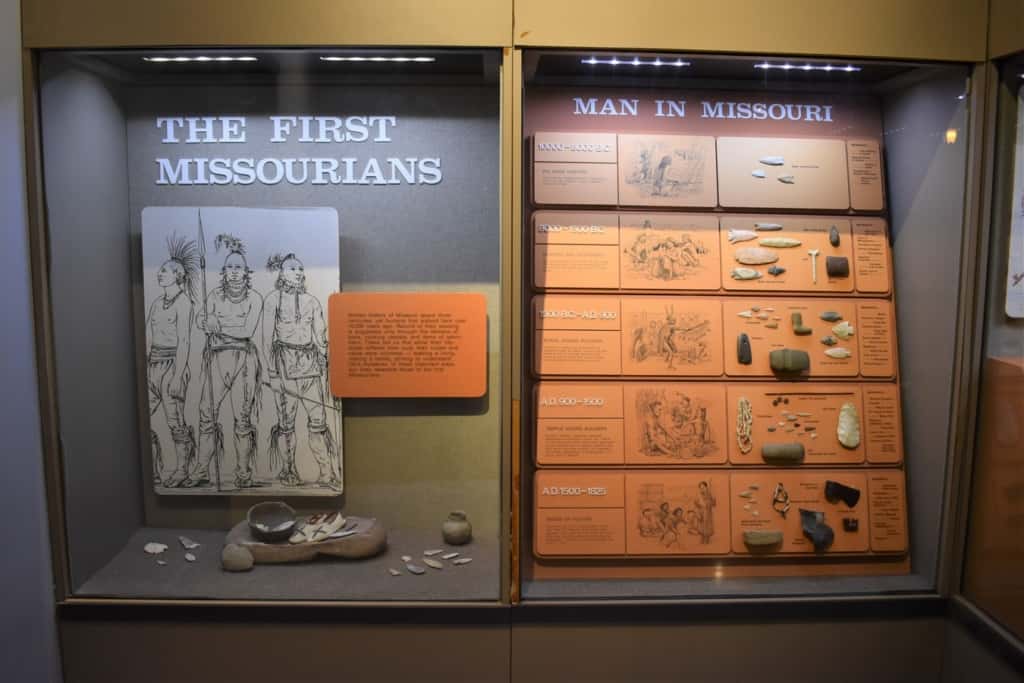
Back to the Beginning
Indigenous people have inhabited the Midwest for thousands of years. Evidence of these early inhabitants has been found at dig sites around the state. Colossal mounds were constructed by the Mississippian culture and created cities inhabited by thousands of residents. The majority of these people had left the area long before the first European explorers arrived. In the early days, St. Louis had been referred to as “Mound City” due to these leftover formations. This little tidbit came to us during a visit to the Missouri History Museum in St. Louis.
By the time that the first European explorers arrived, there were three main native Indian tribes inhabiting the area. On the east side of the region were the Illini tribe. The Osage occupied the southwest, and the Missouri tribes were concentrated in the northwest. All three tribes were known to harvest crops like corn and squash, as well as hunting the game that was so abundant.
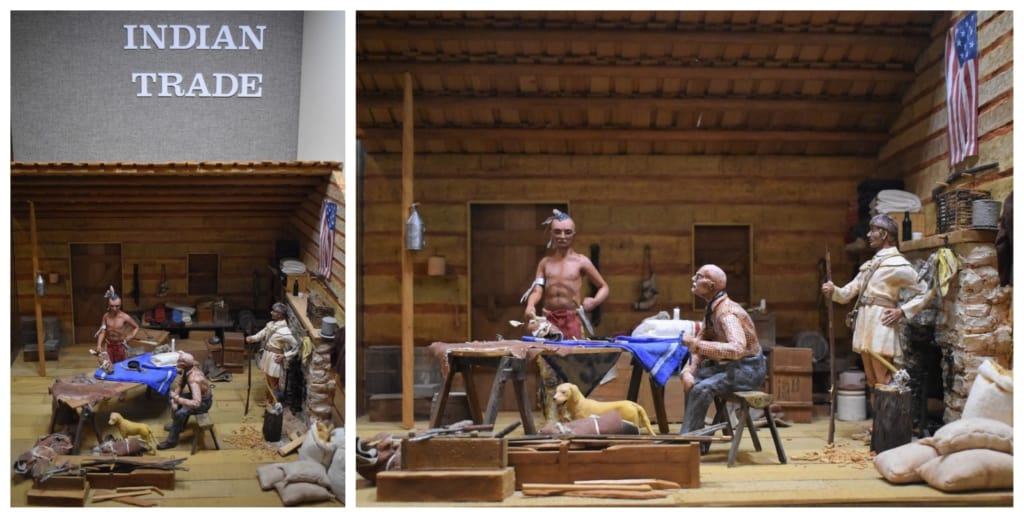
Settling In
By the late 1600s, the French were attempting to colonize the middle of the continent. Their purpose was to inhibit British influence from spreading west. The Mississippi and Missouri Rivers were beneficial in providing pathways through the region. Control of the lands, that would become Missouri, ended up in Spanish control, by the end of the Revolutionary War. Spain embraced the sudden influx of immigrants moving into the eastern edge of their area, as it offered a boost to the economy of their province.
One of the first established settlements would be New Madrid. Spain’s advertisements of free land and no taxes enticed another wave of settlers, including Daniel Boone. By 1800, Spain realized that its heavy investment in the region had not provided the expected returns, so it secretly relinquished control back to France. An embittered war with Britain created a need for Napoleon to sell France’s interest in their lands on the American continent. In March 1803, the Louisiana Purchase would bring Missouri territory into control of the United States.
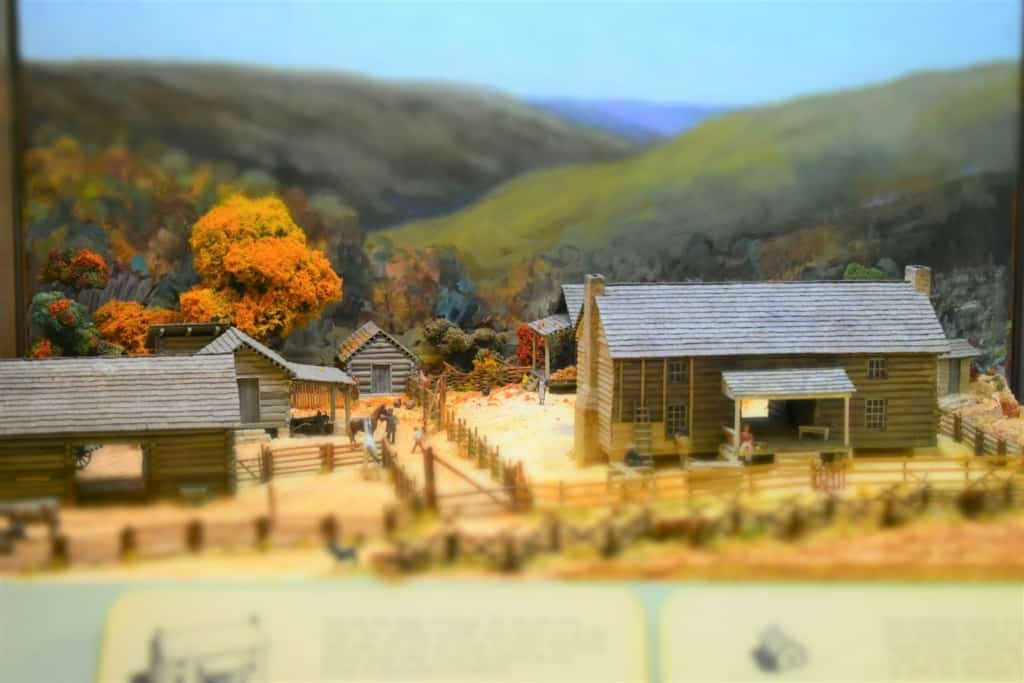
Homesteading
By the time Missouri became a state in 1821, southerners had been pouring into the territory. The original western border was a straight line, running from Arkansas to Iowa, and as far west as the confluence of the Kansas and Missouri Rivers. What would become the northeast corner of the state was still Indian territory and inhabited by the Iowa, Fox, and Sac tribes. By 1836, these native Indians would be pushed out of the region, to make room for more settlers.
The Missouri River Valley was prime land for agriculture, and farms sprung up all along both sides. Having entered the Union as a slave state, many parcels of land were purchased by slave owners from Kentucky and Tennessee. With the river as a transportation resource, the area was prime for commerce. On the eastern edge of the state, St. Louis served as a waterway hub for riverboat transportation. Across the state, Kansas City would become incorporated in 1848. The state was now primed for explosive growth.
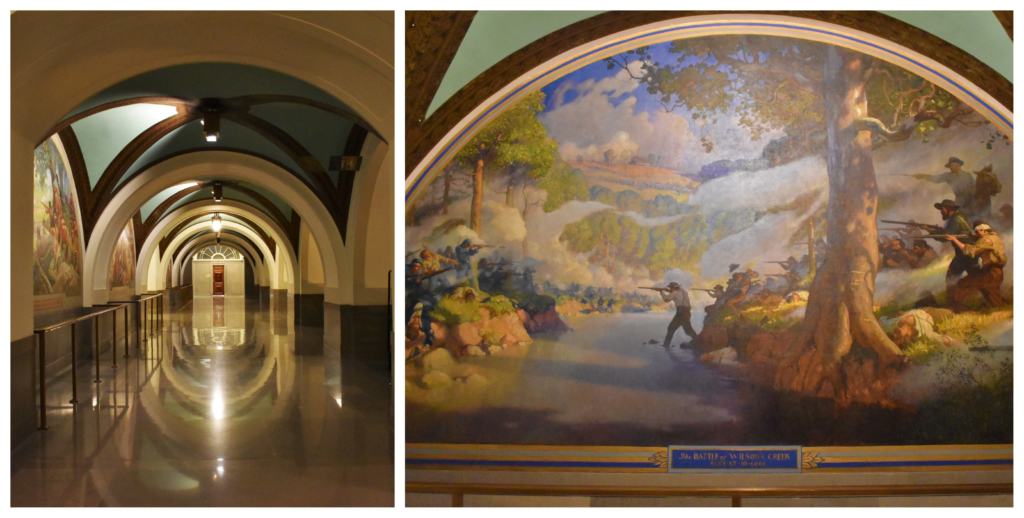
History in the Hallways
While we found that sizing up some history is easy to do in the museum, exploring the rest of the capitol building offers other glimpses into the past. On the second floor, we discovered a series of hallways that are lined with beautifully painted murals. Each one captures the spirit of the people, landscape, and history of Missouri. While the eastern end of our country is known for its major Civil War battles, Missouri was considered a hotbed of a dispute during the War between the States.
While Missouri had entered the Union as a slave state, the use of slaves was primarily concentrated along with the river lands. By the mid-1850s, the country was moving quickly down a path of conflict. The territory to the west of Missouri was being populated by abolitionist groups, which conflicted with the pro-slavery forces in Missouri. As Kansas prepared to enter the Union as a free state, elections were held to choose the legislature. Missourians flooded across the border to cast ballots for slavery candidates. Over 6300 votes were cast, even though the population of the region was less than 2100 people. A fresh influx of antislavery immigrants refused to accept this fraudulently elected government and created their own.
The years leading up to the Civil War were filled with border skirmishes. Border Ruffians patrolled the lands with the intent of preventing new abolitionist immigrants from settling in Kansas territory. Citizens of the cities and towns along the western edge of Missouri lived in fear of raids. On the Kansas side, the same atmosphere was felt by its newly arriving residents. When Kansas was admitted to the Union in 1861, it was the final straw for many in the pro-slavery group.
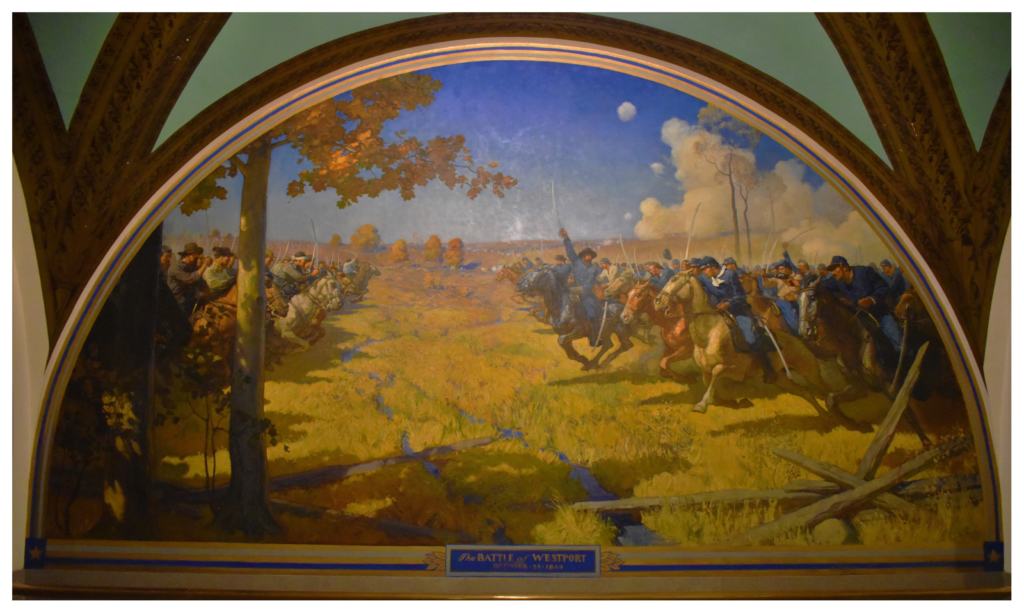
Sizing Up Some History
While pro-slavery sentiment was strong in areas of Missouri, on a statewide scene it appears that the majority of voters were siding with the Union. A large portion of these was located in the St. Louis region. As the country split in two, Missouri would remain in the Union. The U.S. government issued a request for Missouri troops but found that the governor chose to go in a different direction. He rallied 50,000 troops to join the Confederate forces. While many of the fights in Missouri were made guerrilla-style, there was a notable campaign by former governor Sterling Price.
Price initially sided with the Union and believed that Missouri should not secede. This stance changed after pro-Union forces seized a state militia camp. To Price, this was a declaration of war against Missouri. In August 1861, Sterling Price led troops in an effort to free the Union-controlled capital. The culmination of this campaign was the battle of Wilson’s Creek, where Union forces were soundly defeated. He also found success at the First Battle of Lexington, but soon Union reinforcements arrived in Missouri.
Price was forced to lead his forces to Arkansas, where he would organize guerrilla-style raids into Missouri territory. During 1864, he led a Confederate cavalry expedition of 12,000 riders, through Arkansas, Kansas, and Missouri. As he cut a swath of destruction across Missouri, his force dwindled. In what would later be called the “Gettysburg of the West”, Price found his forces facing overwhelming numbers of Union troops at the Battle of Westport. His remaining cavalry fled south, which signaled the end of the last major Confederate campaign west of the Mississippi River.
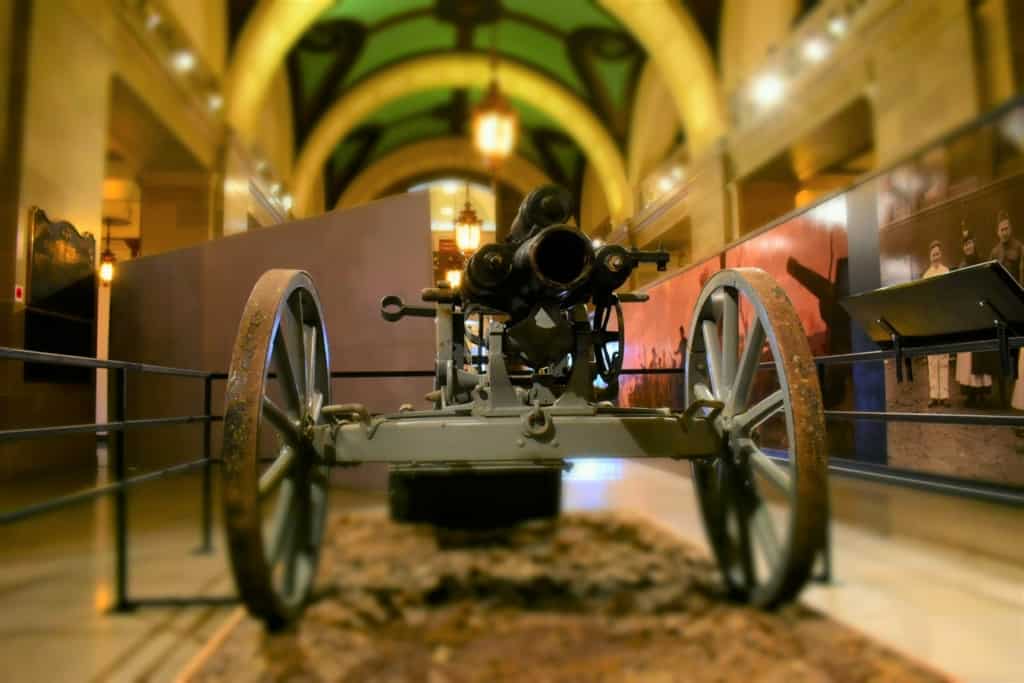
Missouri Goes to War
The rift created by the Civil War ran deep in Missouri. While legislation helped soften the hurt, there was still a lot of animosities. All of this was pushed aside when the world was drawn into war. Patriotism in Missouri was second to none, as citizens rallied to volunteer. The high demands for supplies drove the prices for crops to all new highs, which benefited farmers across the state. When the draft was instituted, many of the youth in Missouri was allowed to remain to work the farms.
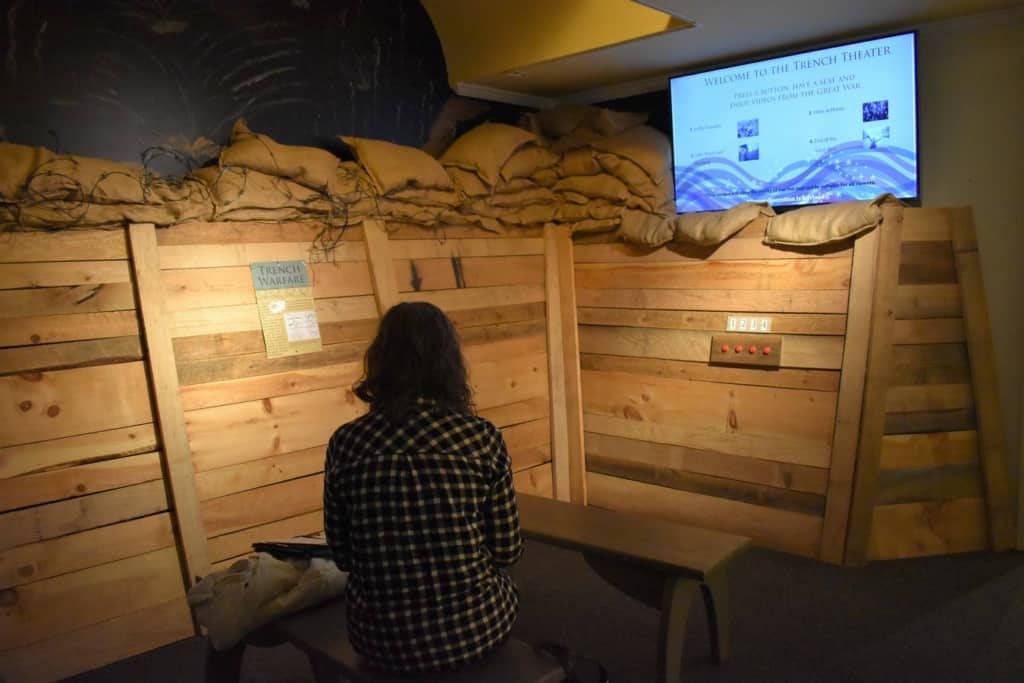
Social Break (The Reality of Blogging)
As we were sizing up some history, there came times that we had to pause for social updates. These are a reality for travel bloggers so that we can keep our audience engaged. My duties include capturing the images we will use for our articles and social posts. This leaves Crystal to catch up and keep up with showing glimpses of our day. She also has the important task of interacting with all of the comments we receive on our posts. I’m sure that more than a few of you are glad she is the one doing this since she is definitely better at it than I am.
A stop in the Trench Theater offered her a chance to do some catching up, while I watched some informational videos. We were really enjoying the variety of exhibits at the Missouri State Museum. It really helps keep the audience engaged with all of the information they have to offer.
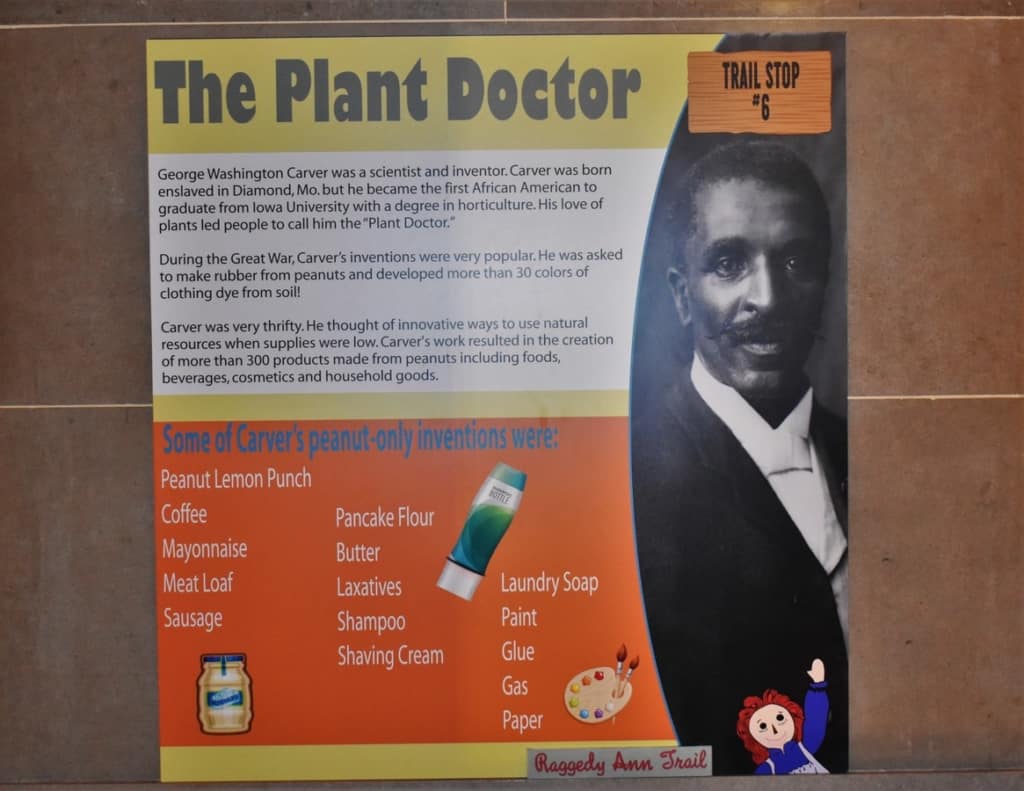
Familiar Faces
As we continued through the galleries, we came across a special feature designed for younger visitors. The Raggedy Ann Trail introduces a variety of Missourians, who have made an impact on the world. When we spotted the photo of George Washington Carver, it reminded us of our visit to Joplin. Just south of the city, we found the George Washington Carver National Monument. While his name was familiar from school, we only thought of him as the “Peanut Man”. What we learned was that this Missouri raised citizen helped revolutionize agriculture ideas worldwide. How many of you have been to his site?

Another Capital Visit
After finishing our exploration of the Missouri State Museum, it was time to wander around the capitol building. We love checking out all of the amazing architecture and artwork we find in these spaces. When you visit Jefferson City, you will need to allow time for this activity, as well. An assortment of Thomas Hart Benton’s paintings, amazing statues, and a beautiful rotunda await your discovery. Bring a camera, and comfortable walking shoes, because you will want to explore all four floors of the capitol building.
Even though it was chilly on the day we visited, we still took some time checking out the grounds. Here we found more statues, including one commemorating Lewis and Clark’s stop along the banks of the nearby Missouri River. Standing at the northern side of the capitol building gave us an amazing view down Main Street. Keep in mind that the Amtrak runs just a block from the capital, so it would make a perfect day trip getaway excursion. Have you ever ridden on Amtrak? We’d love to hear your opinion on this form of travel.


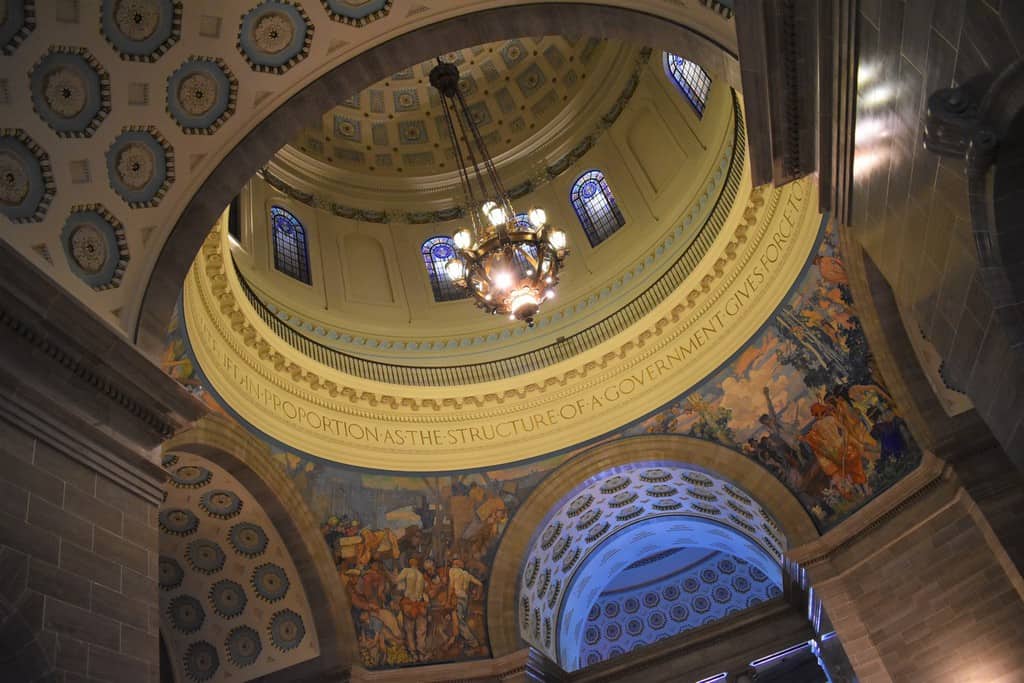
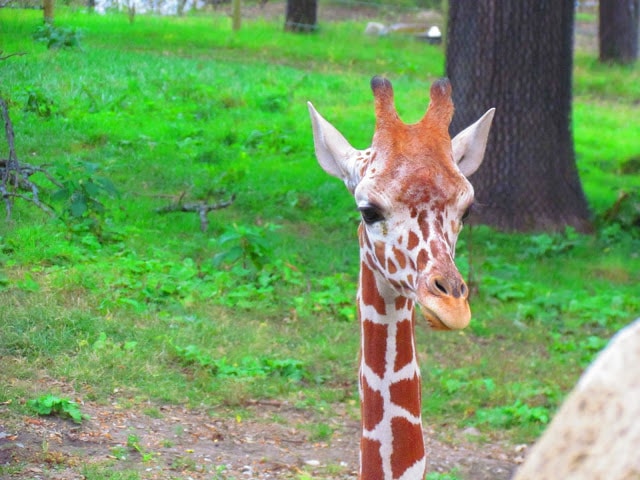
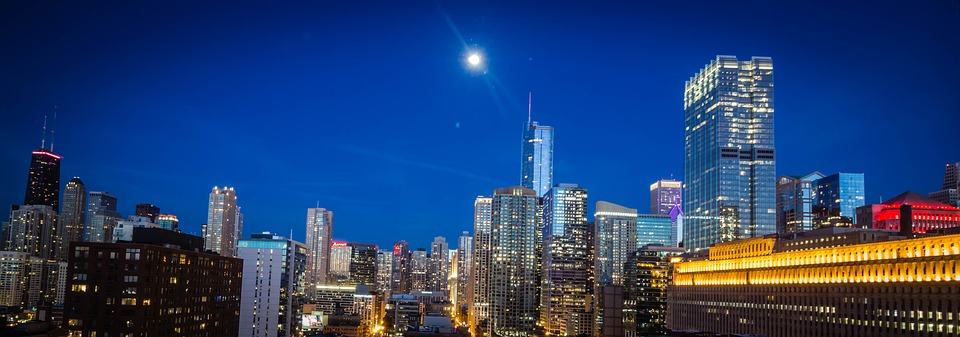
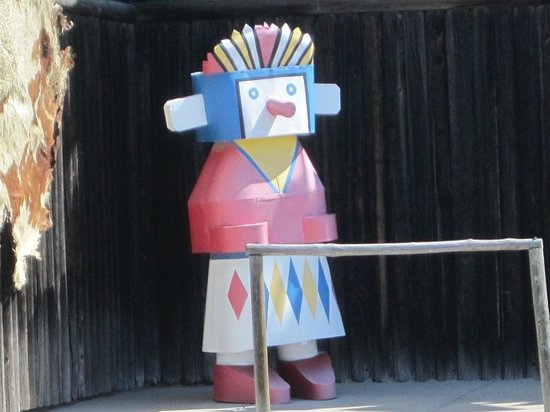
You continue to educate us on the midwest. This is quite a history lesson, much more than I could have imagined in what is now Missouri.
I hope you are enjoying the lessons about the Midwest.
We also try to see the State Museums when visiting a City that has them. Actually, the Tennessee State Museum is in the Capitol too, which is in building in Nashville. We haven’t been to Missouri yet, but will put the State Museum on our list when we go.
Wendy, while we have visited Nashville, we didn’t have time for deep exploration. Looks like we will need to add it to our list. Thanks!
Did you go into the third floor House Lounge to see the Thomas Hart Benton mural? If not, you missed the most impressive thing in the building. Oh well, a reason to come back.
Benton is one of our favorite artists. No way we would pass up that opportunity.
I always enjoy your historic deep dives. The Missouri State Museum sounds really nice and complete, covering all the waves of inhabitants from pre-history to, well, your visit. And it’s great that the artwork tells much of the story, pros, and cons. I hope you’ll visit St. Paul someday and see our Minnesota State Capitol, not to mention the History Museum across the street. Pinned. Cheers.
Kristin, we are so glad you are enjoying our articles. We have actually visited St. Paul, but it was prior to starting our website. I guess we will just have to come back again.